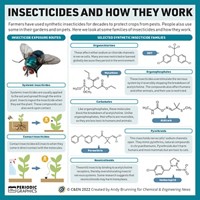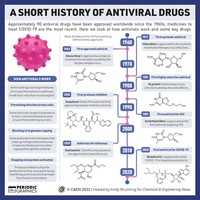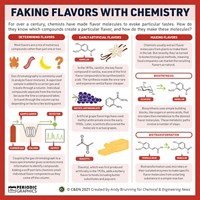Advertisement
Grab your lab coat. Let's get started
Welcome!
Welcome!
Create an account below to get 6 C&EN articles per month, receive newsletters and more - all free.
It seems this is your first time logging in online. Please enter the following information to continue.
As an ACS member you automatically get access to this site. All we need is few more details to create your reading experience.
Not you? Sign in with a different account.
Not you? Sign in with a different account.
ERROR 1
ERROR 1
ERROR 2
ERROR 2
ERROR 2
ERROR 2
ERROR 2
Password and Confirm password must match.
If you have an ACS member number, please enter it here so we can link this account to your membership. (optional)
ERROR 2
ACS values your privacy. By submitting your information, you are gaining access to C&EN and subscribing to our weekly newsletter. We use the information you provide to make your reading experience better, and we will never sell your data to third party members.
Biological Chemistry
Chemical Warfare In Nature
November 10, 2008
| A version of this story appeared in
Volume 86, Issue 45
The article on tobacco plants employing nicotine in their flowers to limit access by pollinating hummingbirds is characteristic of the wide extent of “chemical warfare” in species interactions (C&EN, Sept. 1, page 11). Not only is chemical warfare in various forms common among humans (for example via pharmaceuticals, chemotherapy, mustard gas, and psychedelic drugs), but it is also common among lesser species. Well-known examples include snake venom and mercaptans emitted by skunks.
This all leads to the basic questions: How do genes become “aware” of external (or internal) threats, often of a chemical nature, and how do they develop effective chemical countermeasures to aid in species survival? Do genes somehow have access to a metaphorical chemistry cookbook? Finally, this chemical warfare contest throughout evolutionary history bears some similarity to a long-lasting chess game. It is tempting to assign chemical functional groups to the pieces on the board. Any ideas out there?
Harvey W. Yurow
San Diego





Join the conversation
Contact the reporter
Submit a Letter to the Editor for publication
Engage with us on Twitter